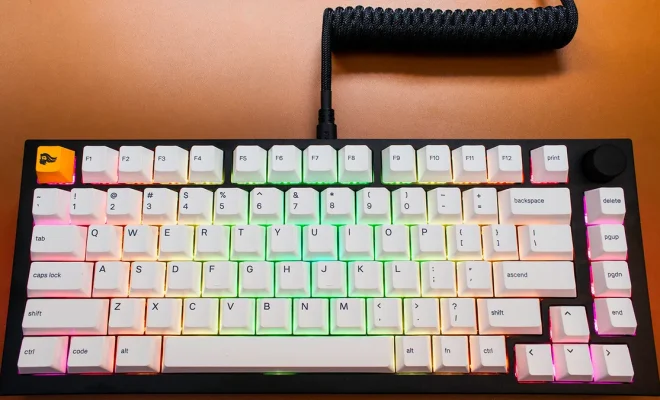Parrot Bebop Drone 2 review: Better than the original, but still shy of greatness

Introduction:
When it comes to consumer drones, Parrot is a well-known name in the industry. With the release of the Bebop Drone 2, the company aimed at addressing some of the shortcomings from its predecessor and cement its place as a market leader. Without a doubt, the Bebop Drone 2 brings several improvements, but there’s still some distance to cover for it to become the ultimate drone of choice for recreational users.
Design and Build Quality:
At first glance, it is clear that Parrot has put effort into improving the design and build quality of the Bebop Drone 2. What was once an awkward-looking gadget is now a refined, sleek piece of equipment – predominantly made from lightweight plastic materials with four brushless motors. Weighing in at around 500 grams (17.5 oz), it is far more manageable than its predecessor – which adds an overall sense of sturdiness while also being easier to carry around.
The Battery Life:
Battery life is where the Bebop Drone 2 shines: boasting a 2700mAh lithium-polymer battery that easily provides an impressive 25 minutes of flight time on a single charge. Notably, this is a significant improvement over its predecessor’s mere 11 minutes.
Flight Performance:
In terms of flight performance, Parrot has surely made some noticeable upgrades. The new quadcopter boasts increased agility and stability – courtesy of its optical flow system using a vertical camera. With a top speed of 18 meters per second (40 mph), the Bebop Drone 2 is no slouch.
Additionally, it comes with several pre-programmed flight modes that make it easy for novice users to capture beautiful aerial images or videos without spending substantial time learning complex controls.
Camera Quality:
The Bebop Drone 2 is armed with a 14MP fisheye lens (180°) and can record videos at Full HD (1920 x 1080) resolution. The image quality is good for casual use – although it falls short compared to the high-quality cameras incorporated in some more expensive consumer drones.
One of the limitations is the lack of a gimbal stabilization system, which means that videos can sometimes come out shaky or warped due to abrupt drone movements. While Parrot has attempted to compensate for this with software-based image stabilization, it doesn’t wholly work as well as a gimbal would.
The Verdict:
Overall, the Parrot Bebop Drone 2 builds on its predecessor’s foundations by providing enhanced flight performance, longer battery life, and better-build quality. However, it still falls short in areas like camera stability and image quality when compared to some of the high-end competition in the market.
In conclusion, if you’re an aspiring drone enthusiast looking for a mid-range option with good flight performance features and battery life, the Bebop Drone 2 might be a great choice. But if camera quality and stabilization are essential factors for you, you may want to keep exploring your options.




